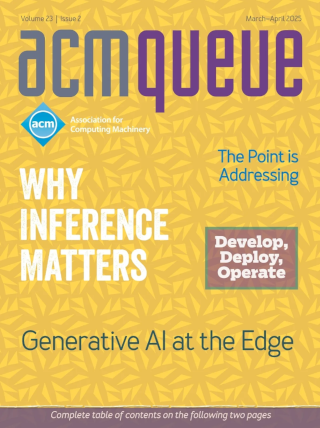
Scaling Existing Lock-based Applications with Lock Elision:
Lock elision enables existing lock-based programs to achieve the performance benefits of nonblocking synchronization and fine-grain locking with minor software engineering effort.
Multithreaded applications take advantage of increasing core counts to achieve high performance. Such programs, however, typically require programmers to reason about data shared among multiple threads. Programmers use synchronization mechanisms such as mutual-exclusion locks to ensure correct updates to shared data in the presence of accesses from multiple threads. Unfortunately, these mechanisms serialize thread accesses to the data and limit scalability.
Eventually Consistent: Not What You Were Expecting?:
Methods of quantifying consistency (or lack thereof) in eventually consistent storage systems
Storage systems continue to lay the foundation for modern Internet services such as Web search, e-commerce, and social networking. Pressures caused by rapidly growing user bases and data sets have driven system designs away from conventional centralized databases and toward more scalable distributed solutions, including simple NoSQL key-value storage systems, as well as more elaborate NewSQL databases that support transactions at scale.
The API Performance Contract:
How can the expected interactions between caller and implementation be guaranteed?
When you call functions in an API, you expect them to work correctly; sometimes this expectation is called a contract between the caller and the implementation. Callers also have performance expectations about these functions, and often the success of a software system depends on the API meeting these expectations. So there’s a performance contract as well as a correctness contract. The performance contract is usually implicit, often vague, and sometimes breached (by caller or implementation). How can this aspect of API design and documentation be improved?



